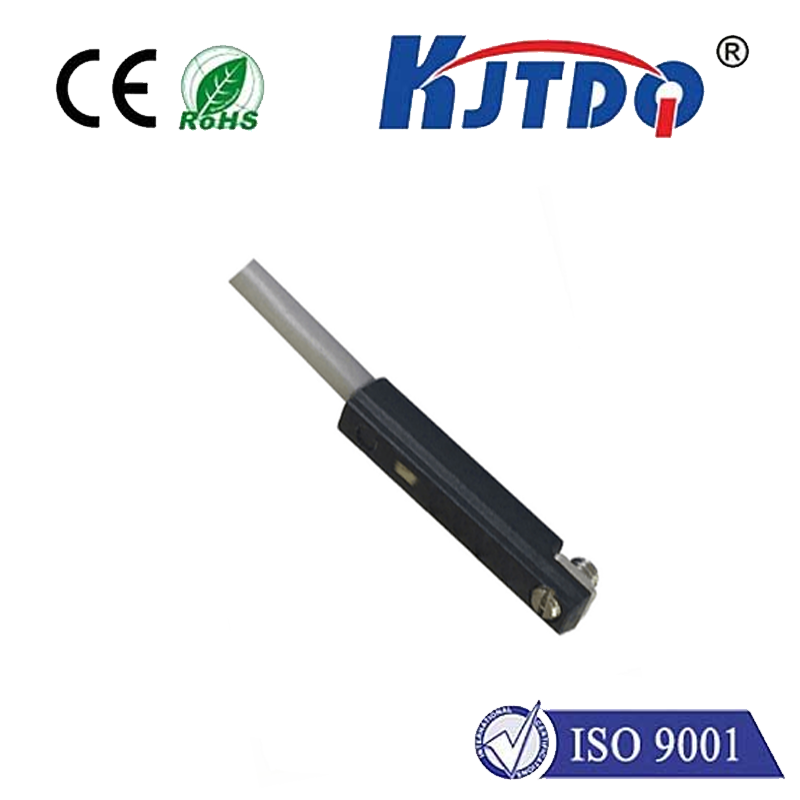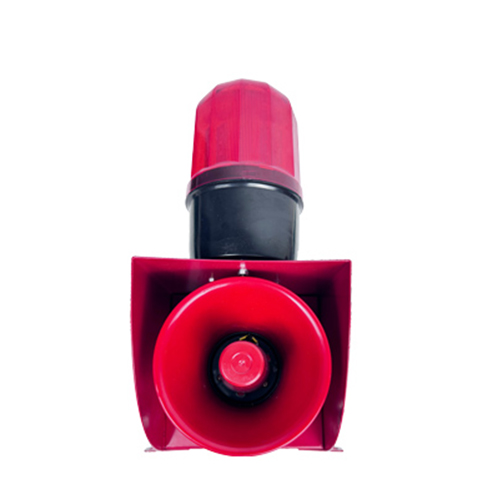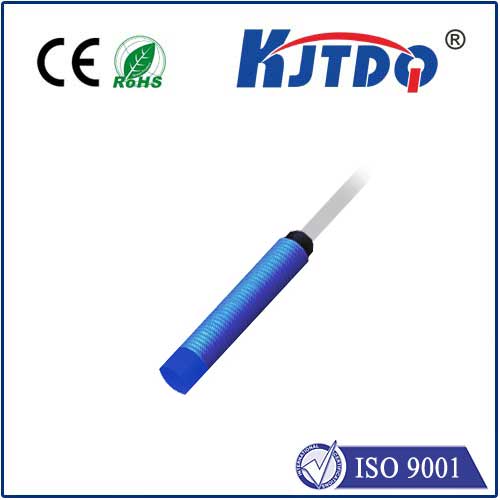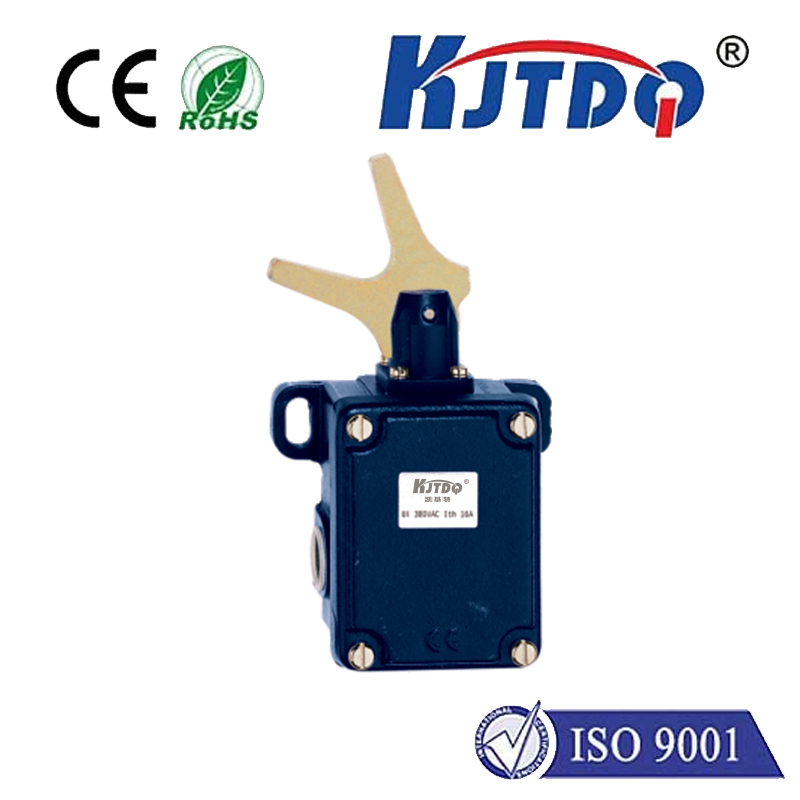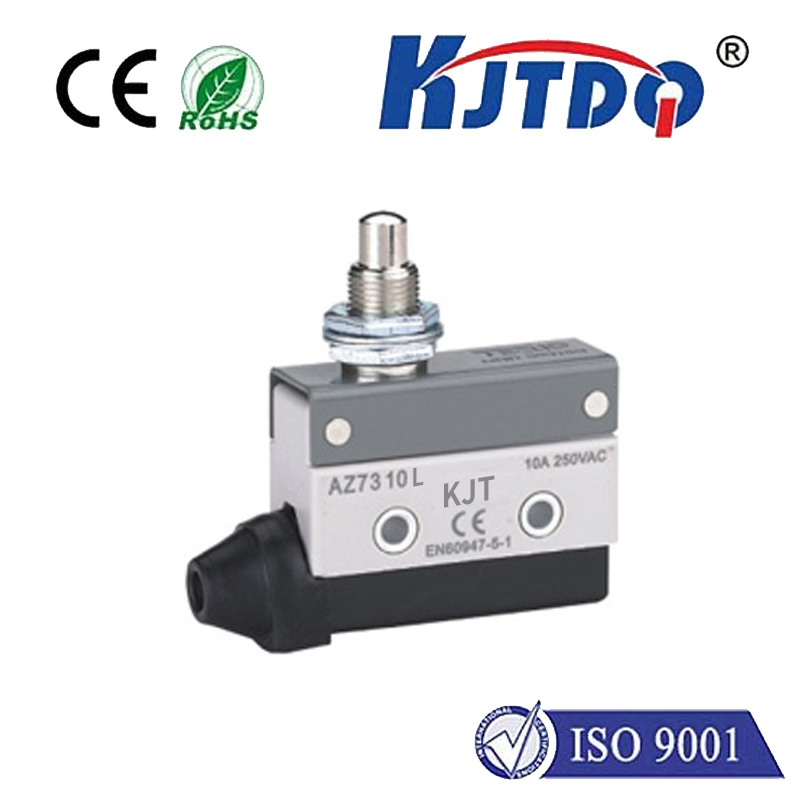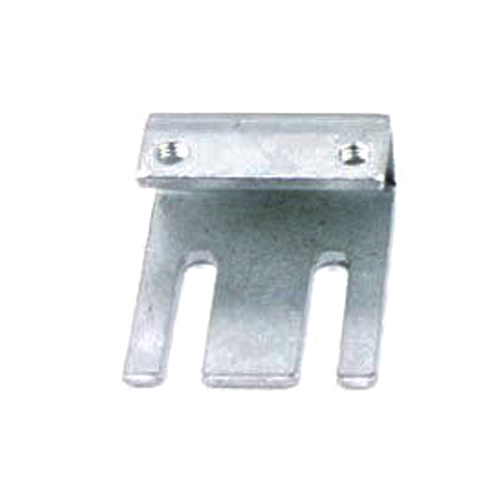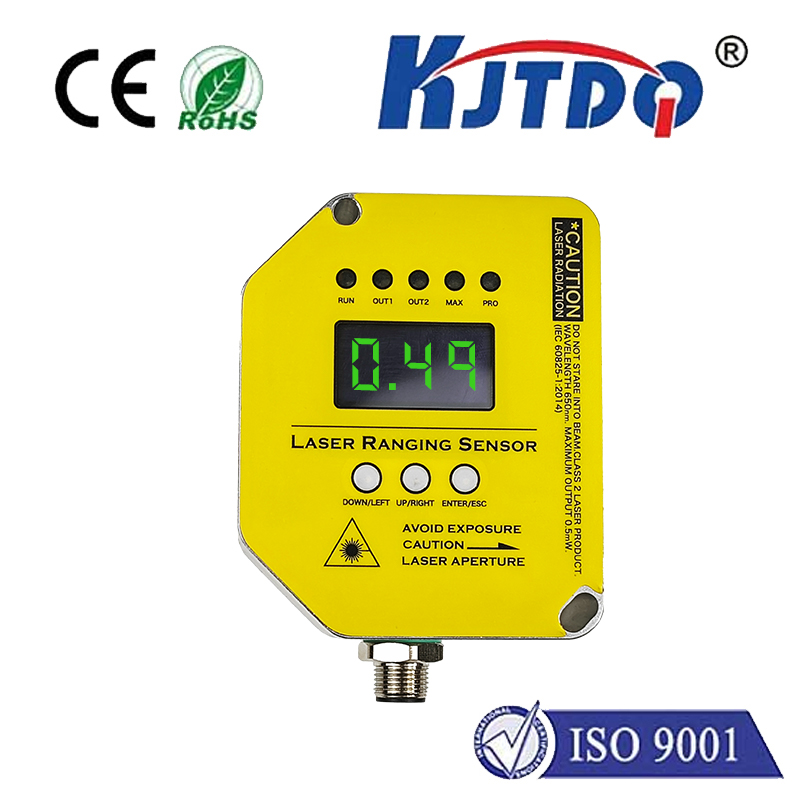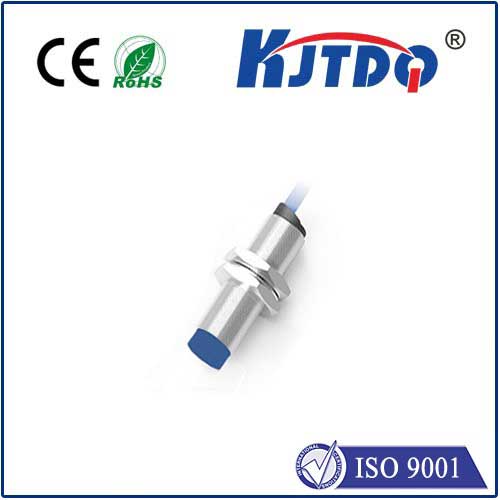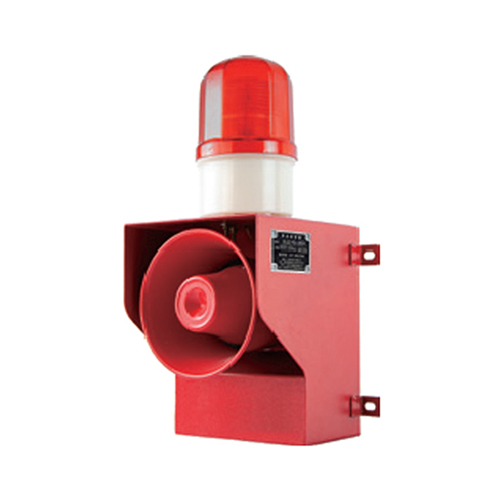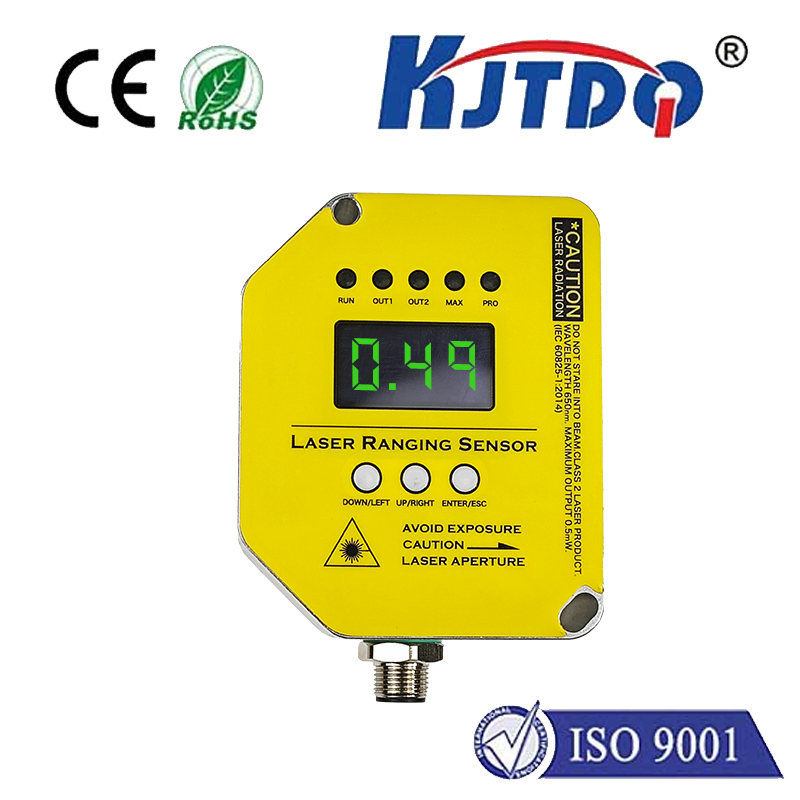

check

check

check

check

check

check

check

check

check

check
Title: An Overview of the BES003C Inductive Proximity Sensor
Introduction
The BES003C inductive proximity sensor is a cutting-edge technology that has been designed to provide accurate and reliable detection of metallic objects. This innovative sensor is rapidly gaining popularity in various industries due to its advanced features and benefits. In this article, we will explore the working principle, advantages, applications, and future prospects of the BES003C inductive proximity sensor.
Working Principle
The BES003C inductive proximity sensor operates based on the principle of electromagnetic induction. It consists of a coil that generates an alternating magnetic field when an electric current passes through it. When a metal object comes close to the sensor, the magnetic field induced in the object interacts with the magnetic field generated by the coil, resulting in a change in the inductance of the coil. This change in inductance is then detected by the sensor's electronic circuitry, which triggers an output signal.
Advantages

The BES003C inductive proximity sensor offers several advantages over traditional proximity sensors. Firstly, it provides high accuracy and reliability in detecting metallic objects, making it ideal for use in environments where precision is crucial. Secondly, it has a fast response time, allowing for real-time detection of objects. Thirdly, the sensor is durable and can withstand harsh environmental conditions, such as high temperatures and humidity. Finally, the BES003C inductive proximity sensor is easy to install and maintain, reducing downtime and maintenance costs.
Applications
The BES003C inductive proximity sensor has a wide range of applications across various industries. Some of the most common applications include:
1. Automotive industry: The sensor is used in vehicles for functions such as parking assistance, tire pressure monitoring, and engine management systems.
2. Food processing industry: The sensor is used to detect metal contaminants in food products, ensuring product safety and quality.
3. Pharmaceutical industry: The sensor is used to detect foreign objects in tablets and capsules, ensuring product purity and patient safety.
4. Packaging industry: The sensor is used to monitor the fill level of containers and packaging lines, ensuring efficient operation and reducing waste.
5. Aerospace industry: The sensor is used in aircraft for functions such as landing gear position detection, flap movement monitoring, and engine vibration analysis.
Future Prospects
As technology continues to advance, the BES003C inductive proximity sensor is likely to become even more prevalent in various industries. With its ability to provide accurate and reliable detection of metallic objects, this innovative sensor has the potential to revolutionize the way industries operate. Additionally, ongoing research and development efforts may lead to further improvements in the sensor's performance, making it even more effective and efficient in the future.
Conclusion
The BES003C inductive proximity sensor is a game-changing technology that offers numerous benefits and applications across various industries. Its advanced features, such as high accuracy, fast response time, durability, and ease of installation and maintenance, make it an ideal choice for businesses looking to improve their operations and increase efficiency. As technology continues to evolve, the BES003C inductive proximity sensor is poised to play an increasingly important role in shaping the future of these industries.
